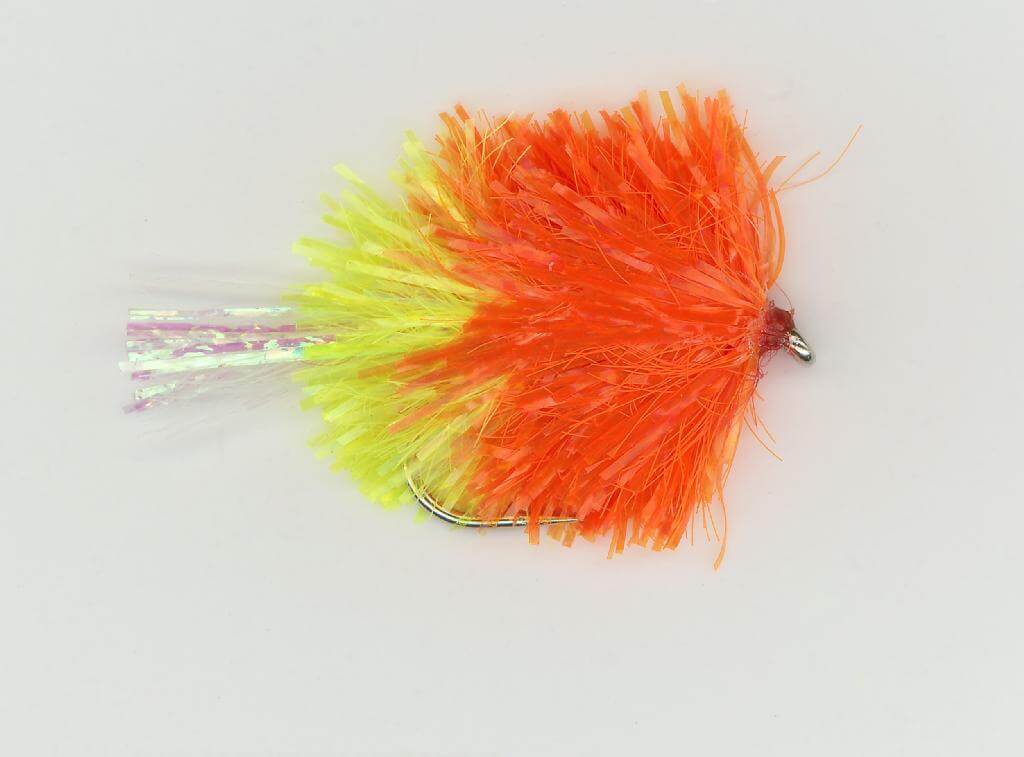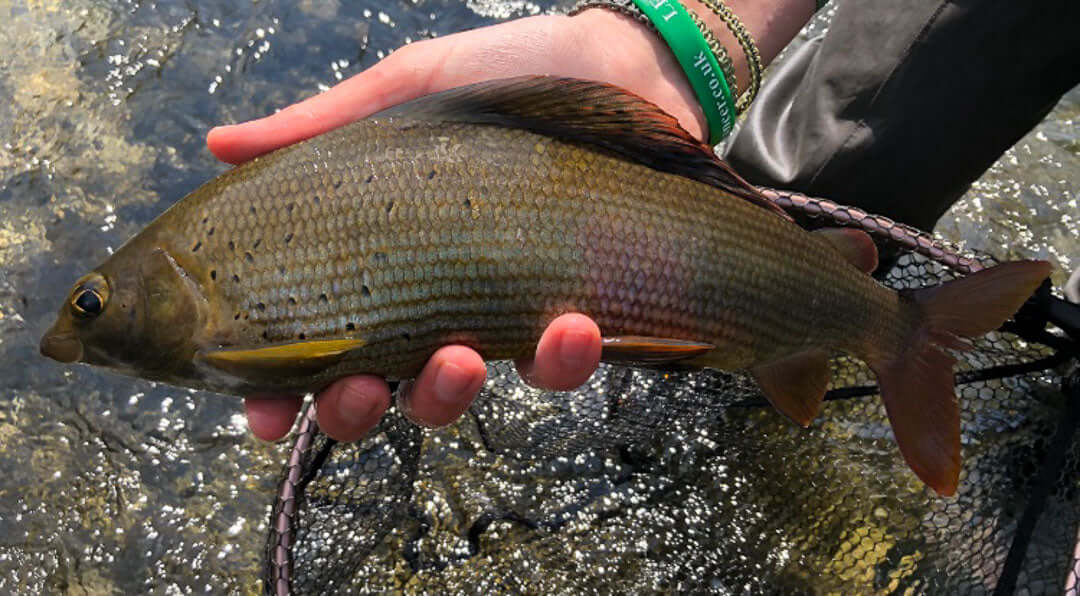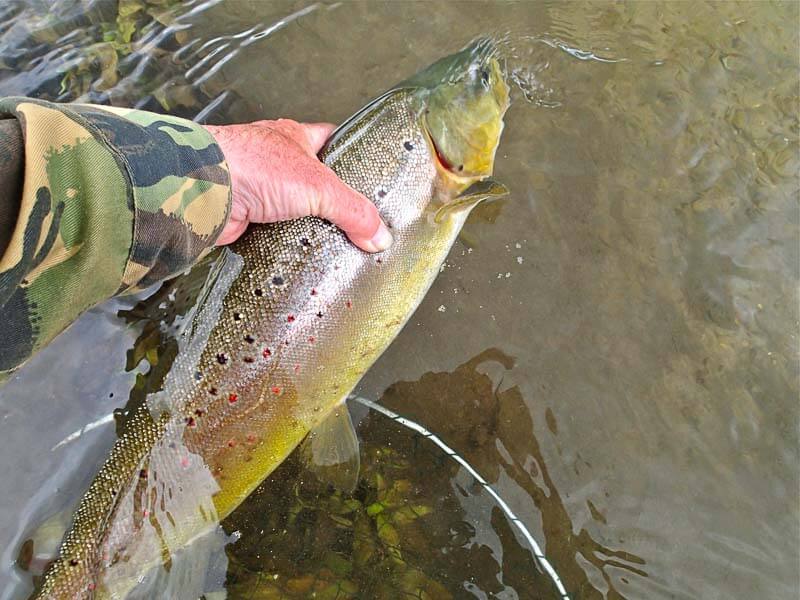Fishing blobs stillwater style
The humble blob fly is a pattern that is commonplace in most Stillwater anglers fly boxes. It is of course a favourite of the fly fishing world’s purists too! Nothing quite like a blob to imitate “Daphnia”! Every competition angler has them in their fly box, right next to the diawl bachs. Blob flies by Iain Barr are very popular, as are Fulling Mill blobs.
Although many arguments fly around as to what the blob really represents, in my opinion that something is nothing at all. However, it is an undeniably lethal attractor trout fly that seems to work when stillwater fly fishing. When it comes to tying blobs there are a of materials available to the modern day fly dresser. Fritz’s vary in length, translucency, colour and density. Most companies who offer fly tying materials will have some form of blob fritz on the market as it’s such a versatile material.
On a day on a stillwater blob fishing I use the Sunray Short Head line because it has the right head length and power to deliver either bungs or a team of blobs.
Onto my day. The day itself was hot. But, coupled with a slight breeze and patches of cloud it was arguably pleasant. Not ideal conditions, but ones that Martin and I were certainly happy to work with. Martin set up with a Git Down S3 sinking line and a couple of foam arsed blobs or fab, with the intention getting them down and searching the deeper parts of the lake. However, I had seen a number of fish moving on the surface, so I set up with my new Sunray Short Head Line & Sunray Microlite Rod with a translucent orange blob on the point and a standard fritz blob on the top dropper. I like the new translucent blob fritz’s because when fish are wary or aren’t keen on talking the softness of the fibres and jelly like appearance make them irresistible to trout. I chose to fish a translucent blob and a standard blob for a very simple reason. Comparison. I wanted to see whether the jelly fritz really made a difference in tougher than normal conditions and on a pressured water.
We headed out on the boat as there were a lot of fish moving in the middle, and it would also give us access to deeper water which is ideal in the bright sun when fishing blobs stillwater style. Due to having to anchor up to buoys on the lake, it was more difficult to cover water. Usually from a drifting boat you can make shorter casts and cover fish as you come to them. However, once we moored up to the buoy, the fish seemed to move away from us. Yet thanks to the new Sunray floating line awesome distance capabilities, I was able to reach them with ease. The Short Head floater meant that even at distance I could strip my line in and cover the fish that were feeding on the top. I made my first cast to a rising fish and the line locked up almost instantly.
For me, hooking a fish first cast means one of two things. Number 1; that will be your first and only take for most of the day, especially in tough conditions such as the ones we were faced with. Or…like in this situation, it would be the start of a mental day on the water! I landed the fish after a short and spirited fight. A solid 2lb rainbow which I quickly unhooked and slipped back to fight another day. The next 3 casts I made saw 3 more fish grace my net, all falling to the translucent blob. There was a clear pattern emerging here…the translucent blob was king.
Arguably, the translucent blob was a much more washed out colour to the standard blob. So, I switched it up a little bit as an experiment. I swapped the standard tequila blob to a translucent one and the washed out biscuit blob to a standard biscuit fly. The results weren’t immediate, but after a few minutes the jelly tequila began to pick up fish. The standard biscuit took one but didn’t have a shade on the translucent fritz. As such, I switched it up again to two translucent blobs and let the carnage ensue! Martin fished two jelly blobs from the start and by lunch time the scores stood at 10 apiece. Which for 2 hours fishing was fantastic in my eyes.
How to fish the blob on stillwaters using sinking fly lines.
After lunch we headed back out on the water and changed spot. We wanted to rest the previous spot and clipped up to a buoy that I know is in an area that the larger fish frequent. I also changed from the floater to a Sunray Git Down sinking line. This was because where before I was covering moving fish on the top, I was now going to search the depths. The blobs were switched out for their FAB counterparts (same patterns, just with foam in the back) and we got cracking. On martins second cast his line ripped away and it was clear that he was into a much larger fish! As he turned to me to say how hard it was fighting my line shot off and I too was into something a bit special. After hard deep fights we both managed to land a cracking rainbow each. Martins was just touching 6 and mine a smidge over 7. Not the biggest fish in the lake, but certainly testament to the quality of fish that Hayward’s has to offer.

An interesting factor that led to our success was our retrieve. When most people fish blobs they assume that they have to be yanked back at 100mph! Not the case today! The fish wanted the flies as slow as possible, so they just dropped through the layers near enough static ready to be mopped up by hungry trout. The hang as also key! When I have about 10-15ft of line out of my rod tip, I slowly raise my rod to a pause.
This suspends the flies and holds them static. It is a common boat tactic employed to get the fish that follow you all the way back and don’t take! Similarly, how any times have you retrieved your fly on the boat or bank, pulled out to recast only to see a swirl where your flies were? By simply hanging your flies at the end you give the fish that one final chance to take the, and more often than not they will! Furthermore, the brighter blob on the top dropper acted much like an indicator! I left it about 3ft under the surface. Deep enough for a fish to confidently take as well as being visible. Visible enough so that I could watch it zip away when a fish took the point fly about 10ft away. The hang produced a number of cracking fish including 3 more fish between 5 and 7lb for martin and the same again for me.
It just goes to show that moving away from the status quo of blob fishing and changing the materials and method slightly you can improve your days fishing dramatically.
The Overhang Markers on both fly lines were key to getting consistent distance.
































